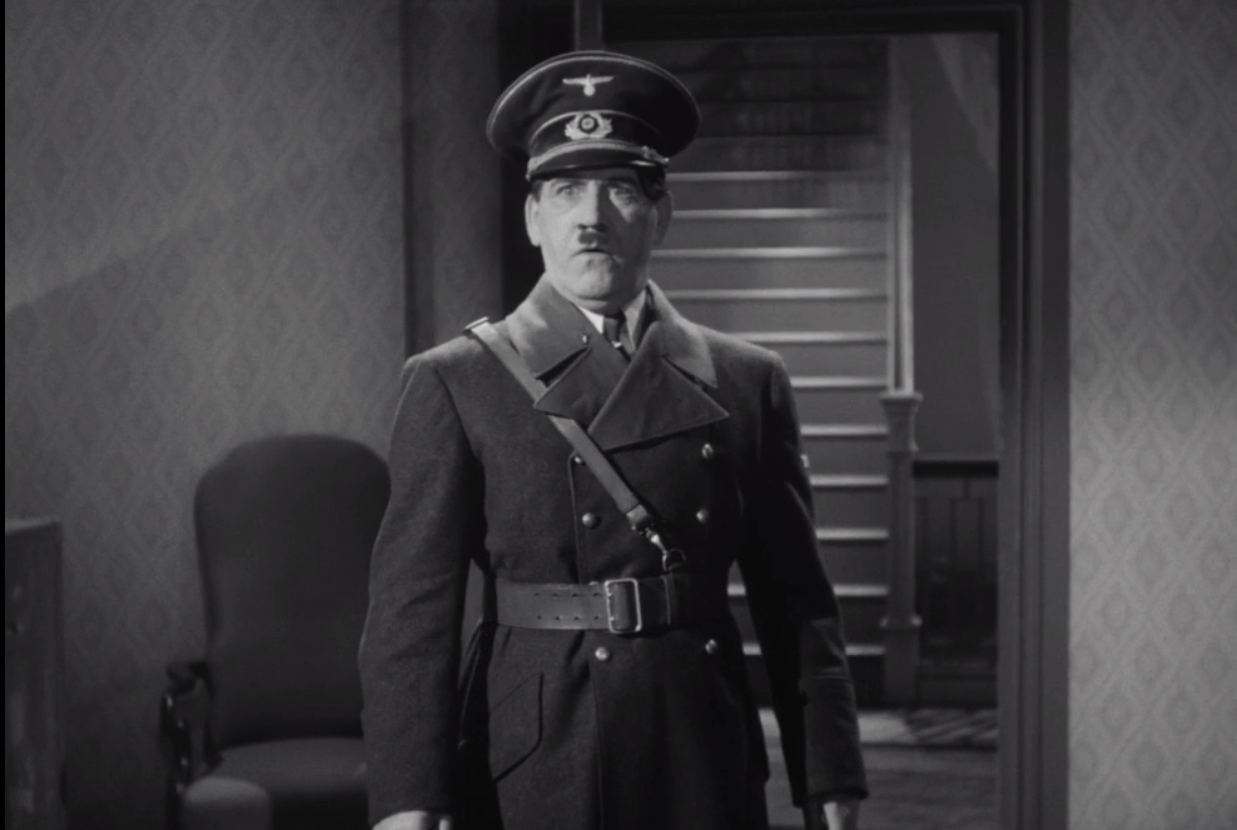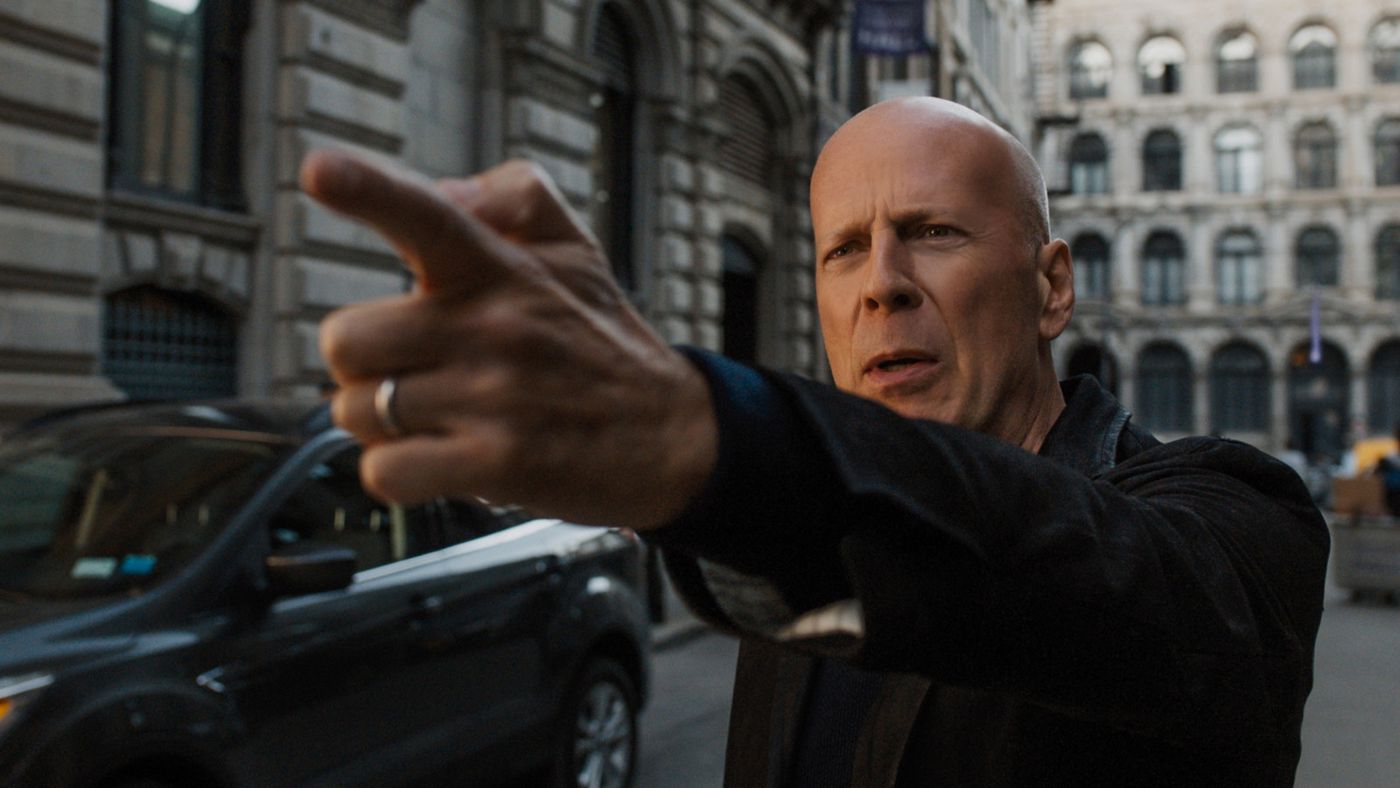Equality of the Equals: The Square
/The 71st Cannes Film Festival opens on Monday, pitting 21 films against each other to win the affection of a famously prickly audience (and Cate Blanchett). The main competition’s Palm d’Or is probably the most coveted prize in international film. Last year it went to The Square, a satire by the Swedish writer-director Ruben Östlund. As it happens, The Square is currently among Hulu’s limited but often surprising library of films, so in preparation for not attending the Cannes Film Festival, you can easily catch up with last year’s winner, as I did last night.
The Square is a smart satire of the contemporary art world, a target that is ripe, even over-ripe, for parody. It targets with precision the pretentious, jargon-filled language of academic art studies; the role of money in high art; and the gulf between the ideals and the actions of bourgeois artists and aficionados. These issues speak to the entrenched hypocrisy of a global art culture that is thoroughly self-reflexive but not at all self-reflective, that in its tired postmodernism is obsessed with “the everyday” but completely alienated from it. The film underlines this hypocrisy in what is essentially a series of comedic, surreally tinged vignettes centered around its main character. But given that the aloof world of high art is hardly a stranger to mockery, The Square walks a thin line between incisive critique and pat caricature, occasionally stumbling onto the easier of the available paths.
The central character is Christian (Claes Bang), the quietly egotistical curator of an art museum in Stockholm dubbed the X-Royal because, in the film’s alternate present, it has taken over the space of the Swedish Royal Palace. Today, in real life, the Palace is still occupied by the Swedish monarchy, but the fictional X-Royal is Östlund’s grandest metaphor for the aristocratic pretensions behind high art’s paper-thin veneer of social radicalism. The “x” in the museum’s title is a transparent ruse, a hollow artifact preserved from when serious art was opposed to the European upper class. Its show of rebellion against aristocracy is just that—a show—as most of what we see go on within its walls are the same kind of grandiose banquets and decadent parties one imagines a Royal Palace would play host to—necessary to court donors, as Christian explains to the American journalist Anne (Elisabeth Moss) in an early scene.
(As on-the-nose as it seems, the X-Royal isn't so far off: in Berlin, for example, millions of dollars have been spent over the last several years rebuilding the palace of the Kaiser. One wing of the palace is an art exhibition space dedicated to global contemporary art. This cohabitates, apparently without contradiction, with the reconstructed home of Old Europe’s most nationalistic regime.)
Christian is planning a new multimedia exhibit called "The Square," which is to begin with the installation of an LED-illuminated square in the front court of the palace. “The Square is a sanctuary of trust and caring. Within it, we all share equal rights and obligations,” reads a brass plaque in the center of The Square. The message of the work is self-evident, even naive, as Christian’s millennial social media specialists point out to him. The only way to make it into a museum feature attractive to the public will be to create some sort of sensation out of it. They propose manufacturing a viral video advertisement that dramatises the problem of homelessness in Sweden, by means of staging a terrible injury to a blond beggar child within the square.
As head curator, Christian is required to approve this video project, but he has become a bit distracted: in the film’s first scene, he is conned and pick-pocketed out of his wallet and phone (probably) by a couple who feign a violent fight in one of Stockholm’s public squares. Spurred on by his assistant Michael (Christopher Læssø), he seeks out the thieves using his phone tracking app, and delivers poison-pen letters to an entire apartment complex, hoping one of them reaches and frightens the pickpockets. Christian, of course, has the means to recover from the loss of a phone and a wallet, as evidenced by the late-model Tesla he drives, and this desperate, humiliating attempt to reclaim them is more him seeking petty revenge than justice.
Although these major narrative developments are centered around Christian, Östlund’s film does not make his moral redemption its main thematic development; indeed, viewers should not expect Christian to “learn his lesson” here. The film de-centers his perspective by frequently cutting to shots of Stockholm’s beggar population, very much left unaddressed by X-Royal’s socially conscious art and by keeping its distance from Christian in terms both of camera perspective and of tone. By giving us this distance it invites the viewer to reflect critically on the distance between his behavior and his values as articulated in his pet museum exhibition.
That exhibition, the titular Square, is an ideal abstraction, a tidy moral whose straightforward implementation is much easier in the rarified space of the museum than in the chaos of the real world. Östlund’s film is about this chaos entering the complacent squares bourgeois society draws around itself: fallout from Christian’s misbegotten scheme to retrieve his belongings includes a return letter that threatens to make his life “C-H-A-O-S.” Other squares get interrupted in The Square’s loosely connected vignettes: in its darkest and most confrontational scene, a Russian artist (Terry Notary) takes his performance as a primate rampaging through a fundraising dinner to its logical extreme, and reduces the whole room to an animalistic state.
At times, though, the film’s own surrealistic energy can seem as navel-gazing and deceptively simplistic as the culture it satirizes. Its tendency to go after low-hanging fruit is exemplified in scene in which the self-important artist Julian (Dominic West) is giving a press conference at the museum. An audience member with Tourette’s is heard, offscreen, continuously interrupting the proceedings with increasingly obscene curses. After an initial uproar, the artist and moderator calm the crowd down, excusing the man’s behavior on account of his condition, even if they are visibly put off by it. Whether it is their liberal toleration or the man’s outbursts that are meant to be funny, the scene betrays the film’s tendency to pick rather obvious targets for parody, whether it’s the intellectualism of contemporary art or the dehumanizing effects of social media.
That said, in its absurdist humor, The Square addresses in a kind of refractory allegory the problems facing the complacent capitalist West. Drawing a square, like capitalist democracies do around their citizens, is an act of exclusion as much as it is one of inclusion, and the irruption of what has been excluded back into the square disturbs its order. Christian’s fervent belief in The Square exhibition functions as a metaphor for the urban liberal’s blind belief that democratic principles are in effect—and effective—for all persons in contemporary liberal democracies, even while on the street they pass by the excluded victims every day.
The fascist legal theorist Carl Schmitt once justified his ideology by observing of liberal democracy that it has always meant not equality of all people but “the equality of the equal,” leaving out the categories of person not permitted to inhabit its sanctified square (choose one, from throughout our nation’s history: the dispossessed, women, blacks, the undocumented). The Square reminds us that we have never managed to answer Schmitt’s critique, and that, in the age of perpetual crisis and the return of the far-right, our failure to answer it is once again in danger of turning us all into animals.




































